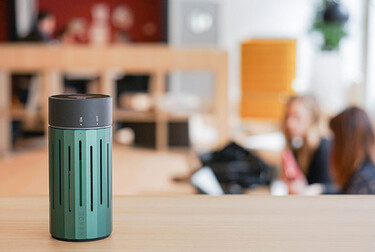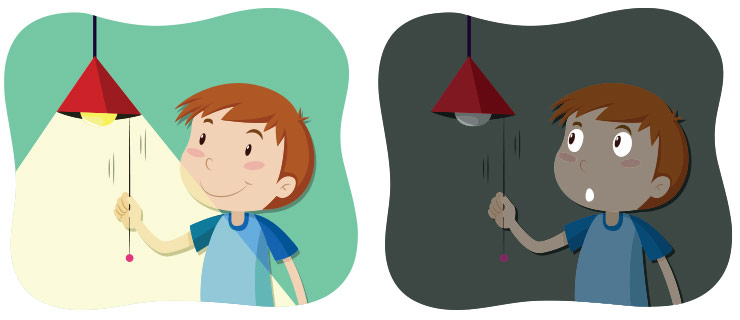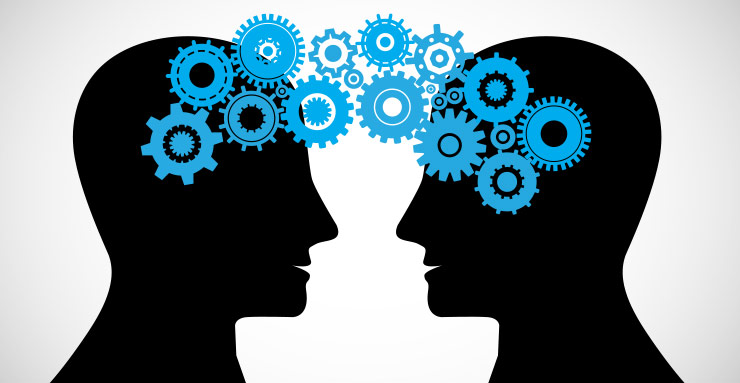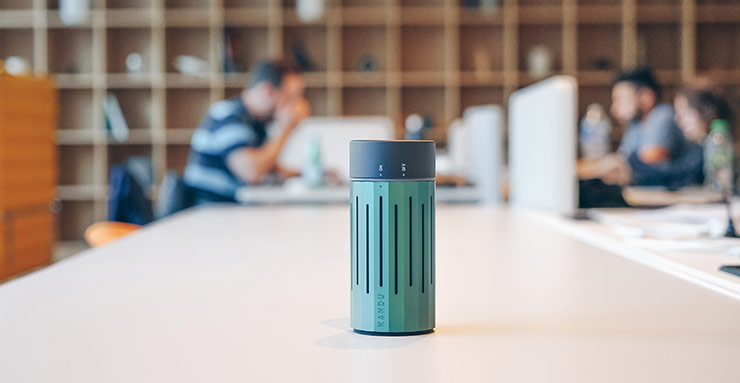The Case for Measuring Visual Comfort in Buildings

Most of us spend the majority of our time indoors without even realizing this could have negative effects on our well-being. But when we discover how the built environment can affect us, the ability to measure these effects becomes interesting and valuable. To learn more about the latest trends in visual comfort measurement in buildings, we consulted natural light metrology experts at the Saint-Gobain Research Centre Compiègne.
Why visual comfort measurement matters
We know right away whether the temperature of a room suits us. But when it comes to noise, air quality, or light, it doesn't happen instantly. Of course, there are extremes in which we immediately perceive a problem — for example, if we’re in the dark. But the effects of sub-par lighting levels are only perceived in the long term.
Insufficient task lighting over an extended period could have negative effects on our eyesight down the road. Not enough exposure to daylight could affect sleep quality, but the full effects of this may not be realized for several months. Our bodies often aren’t capable of perceiving this in real time. That’s why it’s important to measure these factors objectively. And building owners and developers who care about occupant comfort should be interested in this data.

Measuring visual comfort helps predict the effects of light on our eyes and our sleep.
Are tools for measuring visual comfort easy to use in practice?
These days, it’s easy to acquire and learn how to use measuring equipment such as lux meters, luminance meters, and HDR cameras. Some background in lighting is useful, and you may wish to consult with a design firm that understands guidelines and recommendations. A well-trained building owner or manager can also conduct this type of measurement, as long as they have the necessary equipment.
Why is visual comfort measured so infrequently?
Unlike acoustic comfort and air quality, which are usually measured on a scale, visual comfort is often considered binary: either there’s enough light or there isn’t. We tell ourselves that when there’s a window, there’s natural light, so we don’t need to examine it in detail. We don’t necessarily consider what kind or size of window would be most appropriate for our comfort. Yet there are different scales of what constitutes bad, average, or good lighting.

Visual comfort is still often considered a binary issue. Yet there are different scales of what constitutes bad, average, or good lighting
How can we speed up and standardize the measurement of visual comfort in buildings?
As building labels begin to incorporate visual comfort criteria, building owners and developers are increasingly interested in measuring them. If the EN 17037 standard, which is currently only an advisory standard, is included in future regulations, this would also facilitate more standardization of visual comfort metrics.
In addition, we need to raise awareness among market players and share our understanding of visual comfort and what can be measured. This could contribute to moving mindsets forward. Smaller, more accessible, and less expensive measuring devices could also help make measurement more prevalent.
How is Saint-Gobain contributing to this approach?
At Saint-Gobain, we are conducting internal research to help us understand visual comfort and how to measure it. It’s very important for us as a supplier of construction materials to understand how our solutions affect comfort so we can innovate further.
Because we are one of the few manufacturers asking these questions, our role is also to share knowledge we acquire and encourage the market to pay attention to these issues.

More widespread sharing of knowledge about visual comfort and its measurement will encourage the market to take notice
We are also seeing the emergence of companies offering new services for measuring a space’s environmental data (acoustics, air quality, temperature, and light), with the aim of helping companies improve the comfort of their spaces. One such company is Kandu, which offers diagnostics using an innovative connected measurement tool developed in partnership with the Saint-Gobain Research Centre. Kandu makes recommendations on materials and solutions based on measurements and occupant questionnaires and provides assistance in implementing those recommendations. Kandu offers a global, intuitive, and pedagogic approach that's easy for the wider public to grasp.

New tools and services now allow us to measure the physical properties of a space.
What role is digital playing in improving visual comfort in buildings?
The digitization of buildings will allow us to collect more user data and address issues of comfort more effectively. We are now seeing smart buildings with sensors and systems that improve occupant comfort by measuring temperature and lighting levels and controlling equipment accordingly (e.g., glass tint, blind position, lighting activation). This could be honed further by installing more sensors and incorporating artificial intelligence (AI). The data collected from these systems would allow us to develop smarter models for responding to occupants’ needs.
The digitization of buildings combined with the miniaturization of sensors will make it possible to consider the non-visual effects of light when optimizing the indoor lighting conditions. Imagine an innovative building where occupants could wear special glasses that measure the synchronization of their sleep cycle. If the building’s AI solution recognized that an occupant’s sleep cycle was off, it would predict potential solutions to resynchronize it. In the future, such technology could greatly improve people’s health, well-being, and productivity.